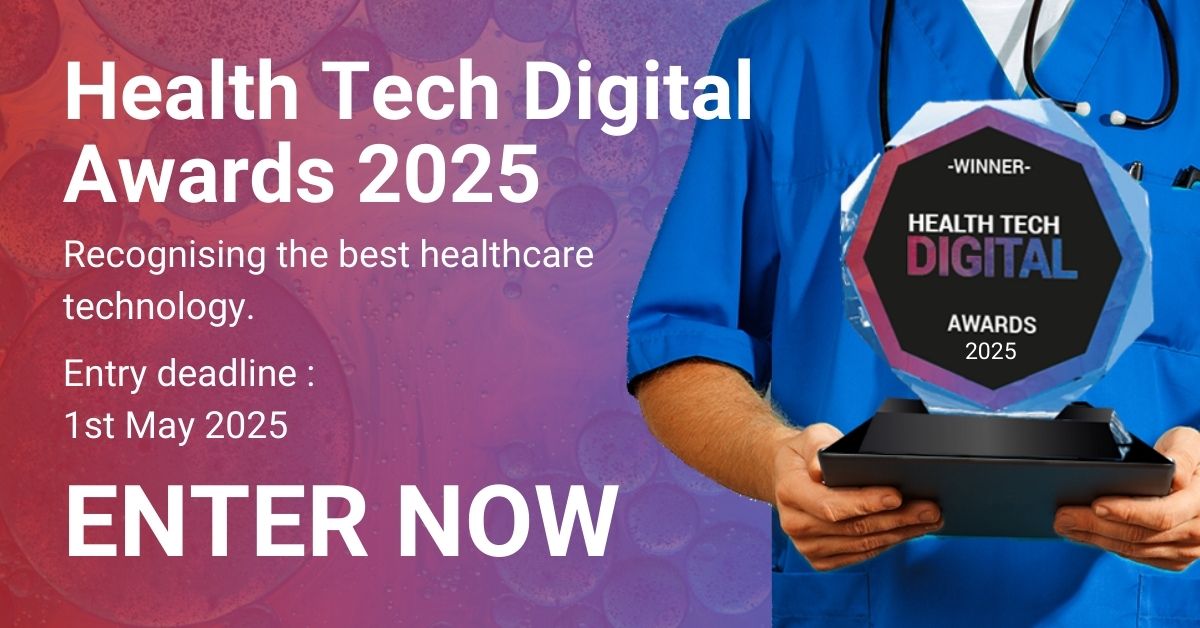
In recent years, the landscape of healthcare has been dramatically reshaped by the integration of cutting-edge technologies. These innovations are not just modernizing medical practices; they are fundamentally enhancing the way care is delivered to patients across the globe. From remote villages where specialist care was a distant dream to high-tech urban hospitals, technology is making healthcare more accessible, precise, and personalized than ever before.
Every aspect of patient care, from diagnosis and treatment to management and recovery, is benefiting from these advancements. Technologies such as telemedicine, wearable devices, and robotic surgery are just the tip of the iceberg. They not only improve patient outcomes but also streamline the workflows of healthcare professionals, allowing them to provide care that is both effective and efficient.
As we explore the top ten ways technology assists in patient care optimization, we’ll see how each innovation contributes to a more integrated, cohesive healthcare system that is better prepared to meet the challenges of today and tomorrow. This journey through the technological transformation of healthcare reveals a future where technology and human expertise combine to offer the best possible care.
- Harnessing Clinical Data for Enhanced Decision Making
In today’s healthcare environment, technology plays a crucial role in the collection and clinical data analysis of patient health information, enabling more personalized and effective treatment strategies.
Advanced software systems enable medical professionals to capture and analyze vast amounts of data quickly, leading to more informed decision-making. For instance, algorithms can identify patterns and predict patient outcomes, which assists doctors in choosing the best treatment plans. This capability not only improves the accuracy of diagnoses but also personalizes patient care, tailoring treatments to individual needs based on robust data insights.
- Telemedicine: Bringing Specialist Care to Remote Areas
Telemedicine has revolutionized the way healthcare is delivered, particularly in remote and underserved regions. Through video conferencing tools and digital consultation platforms, patients can now access specialist care from their homes, eliminating the need for long and often costly travel. This technology is especially vital for patients who require frequent monitoring or consultations with specialists located far from their residences. The benefits extend beyond convenience and cost-savings; telemedicine also increases the timeliness of care, which can be critical in emergency situations or chronic disease management.
- Wearable Health Technology: Monitoring Patient Health Real-Time
Wearable health technology has become a game-changer in patient care management. Devices like smartwatches and fitness trackers monitor vital signs such as heart rate, blood pressure, and oxygen saturation in real time. This continuous monitoring allows for immediate detection of irregularities, enabling quick response in emergencies. Moreover, the data collected can help healthcare providers understand trends in a patient’s health, leading to proactive management of potential issues. It also empowers patients, giving them direct insight into their health metrics, which can motivate them to maintain healthier lifestyles.
- Electronic Health Records (EHRs): Streamlining Patient Information
EHRs offer a cohesive platform where all patient data is stored securely and can be accessed instantly by authorized healthcare providers. This enhances the quality of care by ensuring that information is up-to-date and accurate, reducing errors and eliminating the need for repetitive tests. Furthermore, EHRs facilitate easier communication between different healthcare providers, ensuring that everyone involved in a patient’s care has access to the same information, which is crucial for coordinated care and treatment planning.
- AI-Powered Diagnostic Tools: Increasing Diagnostic Accuracy
Artificial intelligence (AI) in healthcare is transforming diagnostics by providing tools that can analyze medical imaging faster and with greater precision than traditional methods. AI-powered systems are used to detect abnormalities in images such as X-rays, MRIs, and CT scans, often identifying subtle signs of disease that may be overlooked by the human eye. These tools support radiologists and other specialists by providing a second, highly accurate opinion, thus increasing the chances of early and correct diagnosis.
- Robotic Surgery: Enhancing Precision in Operations
Robotic surgery represents a significant advance in medical technology, providing surgeons with unprecedented precision in complex procedures. These robotic systems offer enhanced dexterity and control beyond human capabilities, allowing for smaller incisions, which reduce patient recovery time and decrease the risk of infection. Patients benefit from less postoperative pain and quicker return to daily activities, while hospitals see improved surgical outcomes and reduced duration of hospital stays.
- Virtual Reality (VR) in Patient Education and Rehabilitation
Virtual reality technology is gaining traction in the fields of patient education and rehabilitation. VR provides immersive experiences that are used for therapeutic purposes and to simulate surgical procedures before the actual operation. For patients undergoing rehabilitation, VR can create controlled environments tailored to individual recovery needs, allowing them to practice movements and regain strength in a safe setting. Additionally, VR aids in educating patients about their health conditions through interactive experiences that improve understanding and compliance with treatment protocols, ultimately leading to better health outcomes.
- Mobile Health Apps: Empowering Patients to Manage Their Health
Mobile health apps have transformed patient care by empowering individuals to take charge of their own health. These apps enable patients to monitor various health metrics, track medication schedules, and even receive reminders for medication or upcoming doctor’s appointments. They also provide platforms for patients to communicate directly with healthcare providers, share health updates, and receive personalized advice.
- Improved Communication Tools for Better Coordination of Care
Advancements in communication tools have significantly improved the coordination of care among healthcare teams. Real-time communication systems such as secure messaging apps and integrated healthcare platforms ensure that all members of a patient’s care team, from doctors and nurses to specialists and pharmacists, are on the same page. These tools help in making quick decisions, updating treatment plans, and providing consistent care, which are essential for effective treatment and patient safety.
- Data Security Enhancements: Safeguarding Patient Information
With the increasing use of digital technologies in healthcare, ensuring the security of patient information has become paramount. Technological advancements in data security, such as encryption, multi-factor authentication, and blockchain, are crucial in protecting sensitive health information from unauthorized access and breaches. These security measures not only comply with legal standards like HIPAA but also build trust with patients, who are increasingly concerned about the privacy and security of their medical data.
Conclusion
The integration of technology in healthcare is profoundly transforming patient care, making it more precise, efficient, and personalized. From robotic surgeries and virtual reality in rehabilitation to mobile health apps and improved data security, each technological advancement plays a pivotal role in enhancing the quality of care delivered to patients. As these technologies continue to evolve and become more integrated into everyday healthcare practices, they promise to further optimize patient outcomes, reduce healthcare costs, and improve the overall efficiency of healthcare systems.












